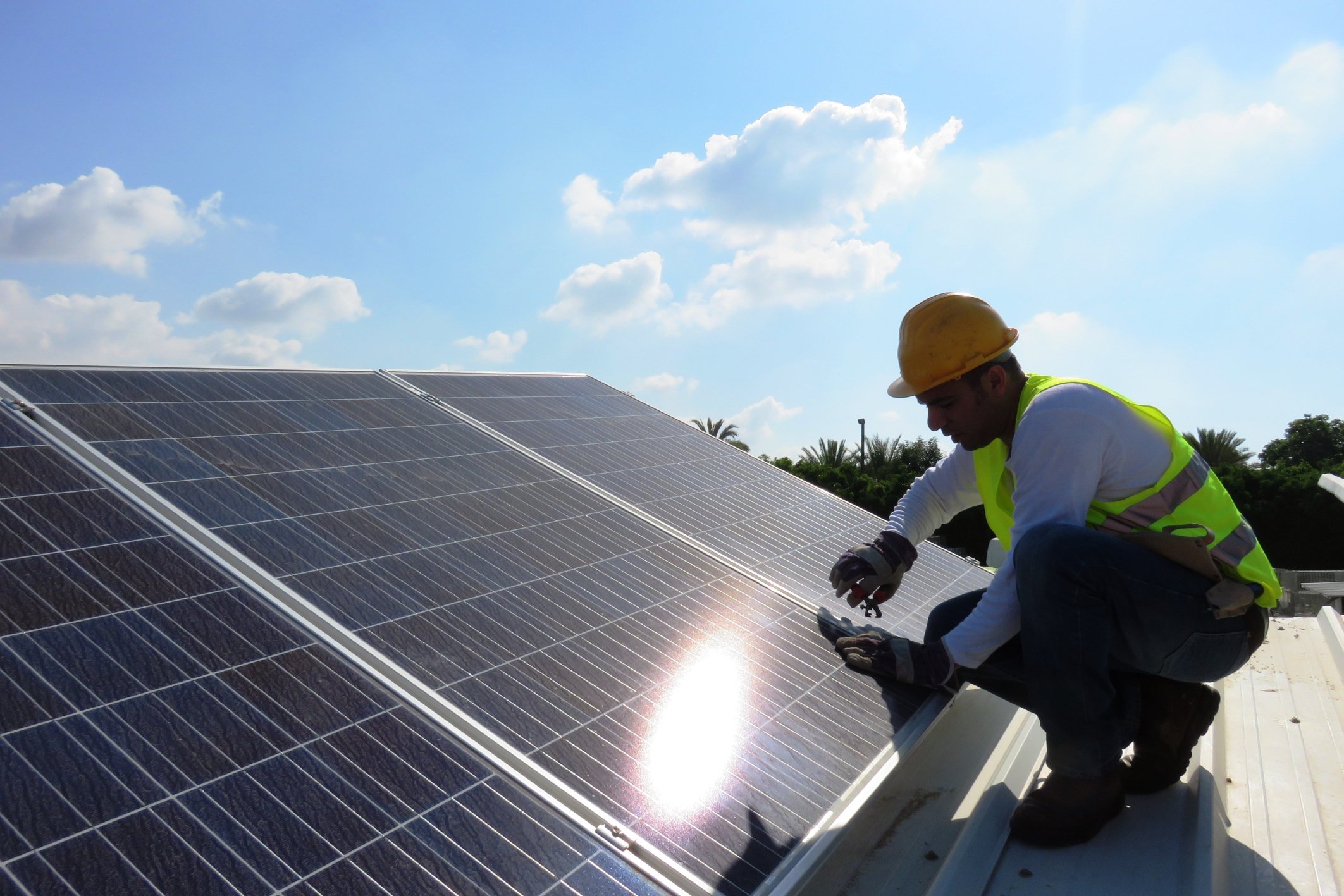It's been a roller-coaster year for SunPower Corporation (SPWR +0.00%) in multiple ways. President Trump implemented tariffs on solar imports earlier this year, which would add 30% to the cost of most solar module and cell imports.
To avoid some of the tariffs, SunPower announced the acquisition of SolarWorld Americas, which will increase domestic manufacturing capacity by nearly 500 MW. At the same time, global solar panel demand has dropped, and we're expected to enter an oversupplied market, which could drive solar panel prices down. Add it up, and it's hard to tell if SunPower is coming or going in the solar industry.

Image source: SunPower.
The solar industry has changed in the last 6 months
Change is the only real constant for solar manufacturers, and SunPower is no different. The company was hit by Trump's solar tariffs in February, which are expected to add $50 million to $100 million in costs for the company in the first year they're implemented.
In response, the company bought SolarWorld Americas, the largest silicon solar cell and panel manufacturer in the U.S. SunPower expects to move some of its own technology into the SolarWorld facility, which had been partly shut down because it couldn't economically make solar panels in the U.S. There's no guarantee SunPower will be able to make the SolarWorld facility profitable.
In the meantime, SunPower has petitioned for an exemption from solar tariffs on its high-efficiency solar panels, but the Trump administration's aggressive stance toward imports doesn't give any indication an exemption will be granted.
As all of these ups and downs have taken place on the trade front, China cut its solar subsidies, which is expected to lead to a global supply glut. Investment banking firm Roth Capital estimates there will be 34,000 MW of extra capacity globally in 2018 and solar panel prices will plunge 32% to 36%. In other words, SunPower is facing higher costs because of tariffs and an oversupplied market that will drive down the value of the panels it's making. So 2018 doesn't appear to be shaping up well at all for the company.
U.S. manufacturing plans
The one area SunPower could leverage lower-cost commodity solar cells is with its P-Series panels. The technology behind the panels allows SunPower to buy commodity solar cells, which are now in oversupply, and assemble them into a panel that's slightly more efficient than what the competition can make.
If all goes well, SunPower could leverage lower input costs (solar cells) into supply wins with its P-Series solar panel. But just how big an impact the P-Series will have on the business remains to be seen, at least until second-quarter earnings are released.
The balance sheet
The P-Series isn't the only positive development for SunPower. Management is trying to sell most of its utility-scale solar assets in order to simplify the balance sheet and focus on manufacturing and other value-added technology.
In late June, the company closed the sale of 8point3 Energy Partners, a yieldco it had started with First Solar. The sale brought in about $360 million in cash and helped pay off $300 million in convertible debt that recently came due. This will reduce debt outstanding by about 20% in the second quarter.
SPWR cash and equivalents data (quarterly) by YCharts.
SunPower also plans to sell its inverter business to Enphase Energy for $25 million, is selling 500 MW of projects in Mexico, and will complete more residential and commercial asset sales in 2018. All of these moves combined should dramatically reduce the company's financial leverage and give management the flexibility to expand production and services to residential and commercial markets where SunPower has the biggest competitive advantage.
A long road ahead
SunPower is facing tariff headwinds and falling solar panel prices at a time when it's trying to get back to profitability by simplifying its business. The trends in the market may make the company's hill all that much harder to climb, but investors should watch for signs of improvement when second-quarter results are released next week. I think SunPower's high-efficiency solar panels will eventually be a great differentiator in the market. But the company needs to prove it can make money on the panels, or there isn't much hope for a recovery in the stock.









